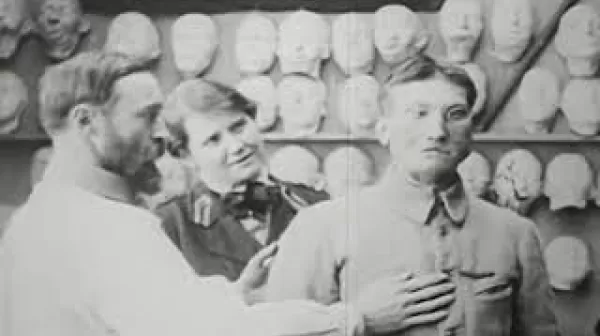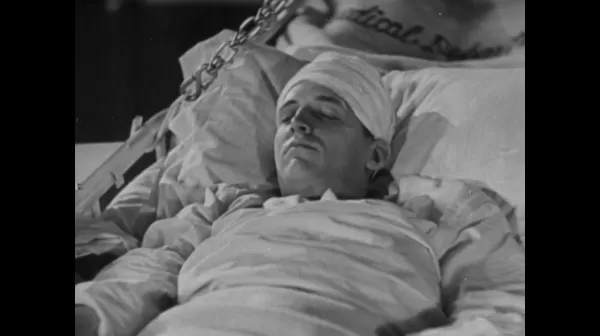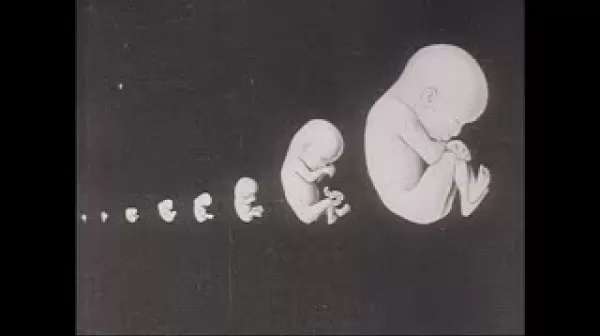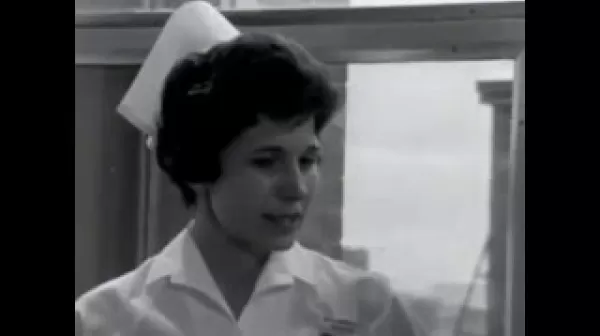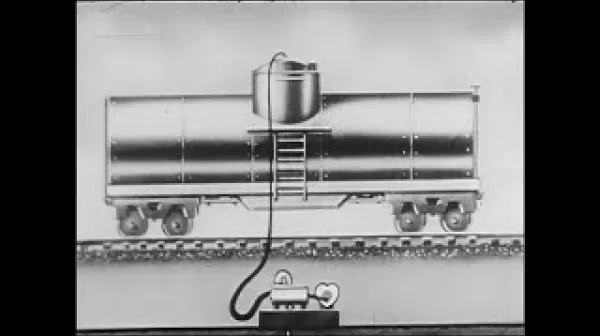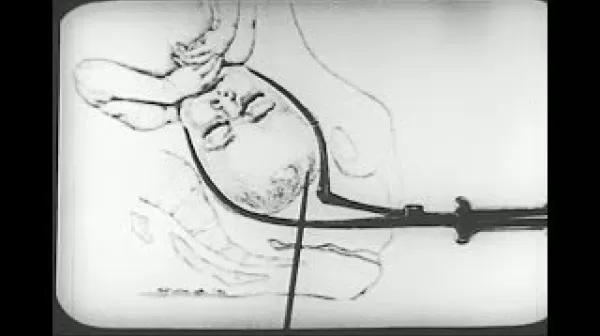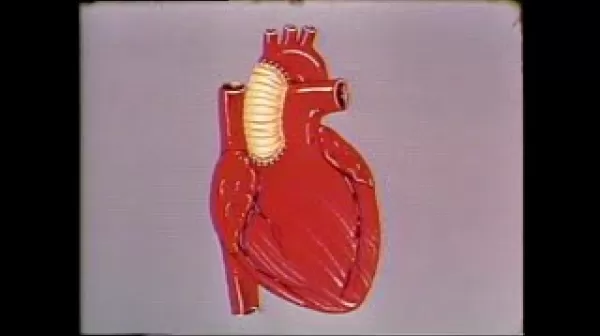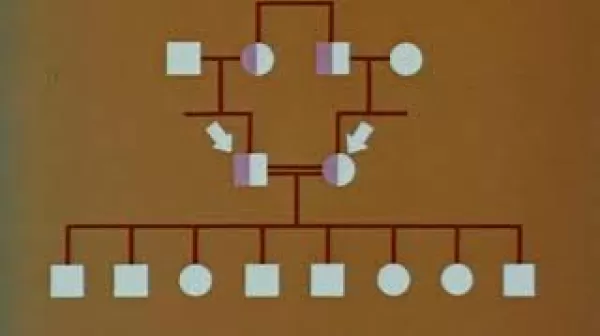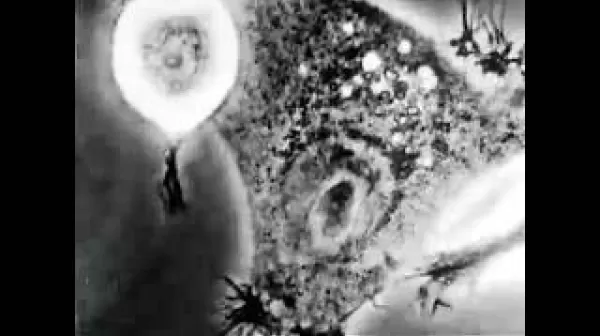Plastic Reconstruction of Face [Silent] (Producer unknown, 1918)
This film includes scenes in which a man and woman are carving different facial molds; a woman carves an ear; a man puts on a fake chin; a woman puts touch up paint on the man's fake chin, and finally, a fake nose and eye piece are put on a man who is disfigured.

